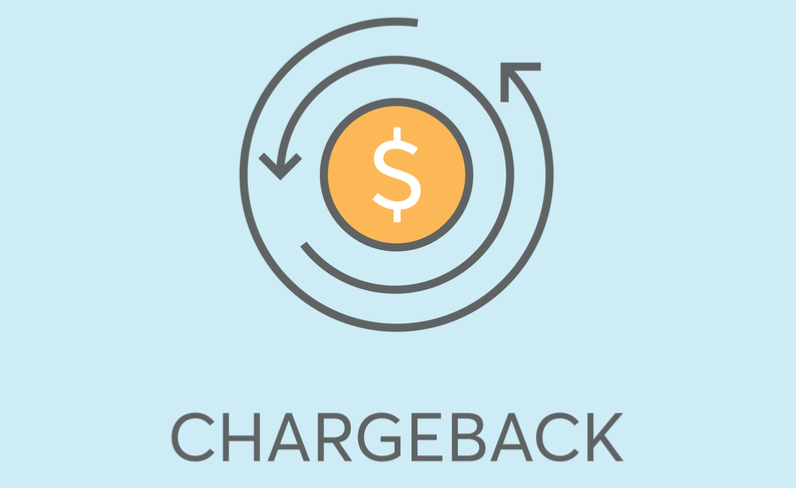Credit card chargebacks can be a headache for any business, big or small. They occur when a customer disputes a charge on their credit card and requests a refund from the issuing bank. Chargebacks can happen for a variety of reasons, including fraud, errors, or disputes over the quality of goods or services. Not only can chargebacks result in lost revenue for your business, but they can also lead to additional fees and penalties from your payment processor.
Fortunately, there are several steps you can take to prevent chargebacks from happening in the first place.
Let’s dive in…
Be clear about your policies and procedures
One of the most common reasons for chargebacks is when a customer feels they were misled or didn’t understand the terms and conditions of a sale. To prevent this, make sure your policies and procedures are clearly outlined on your website, in your terms of service, and in any other relevant materials. This includes information about your refund policy, shipping and handling times, and any other relevant details. By making your policies clear upfront, you can reduce the chances of misunderstandings and disputes down the line.
Verify transactions and use fraud detection tools
Another common cause of chargebacks is fraud. To prevent fraud, you should always verify transactions before processing them. This includes checking the billing address and CVV code, as well as using fraud detection tools like AVS (Address Verification System) and 3D Secure. These tools can help you identify potentially fraudulent transactions and prevent them from being processed.
Use descriptive and accurate product descriptions
Another common cause of chargebacks is when customers receive products that are different from what they were expecting. To prevent this, make sure your product descriptions are accurate and descriptive. Include detailed information about the product, including dimensions, materials, and any other relevant details. This can help reduce the chances of misunderstandings and disputes over the quality of the product.
Provide excellent customer service
Providing excellent customer service can go a long way in preventing chargebacks. Make sure you have a clear and easy-to-find contact page on your website, and respond to customer inquiries and complaints promptly. If a customer is unhappy with their purchase, try to work with them to resolve the issue before they file a chargeback. By providing excellent customer service, you can build trust with your customers and reduce the chances of disputes down the line.
Monitor your chargeback ratio and address any issues
Finally, it’s important to monitor your chargeback ratio and address any issues as they arise. Your chargeback ratio is the percentage of transactions that result in chargebacks. If your chargeback ratio is too high, it can signal to your payment processor that there may be underlying issues with your business. By monitoring your chargeback ratio and addressing any issues as they arise, you can reduce the chances of future chargebacks and maintain a healthy relationship with your payment processor.
Final thought
Preventing credit card chargebacks is crucial for any business that accepts credit card payments. By being clear about your policies and procedures, verifying transactions, using descriptive product descriptions, providing excellent customer service, and monitoring your chargeback ratio, you can reduce the chances of chargebacks and maintain a healthy business relationship with your customers and payment processor.
